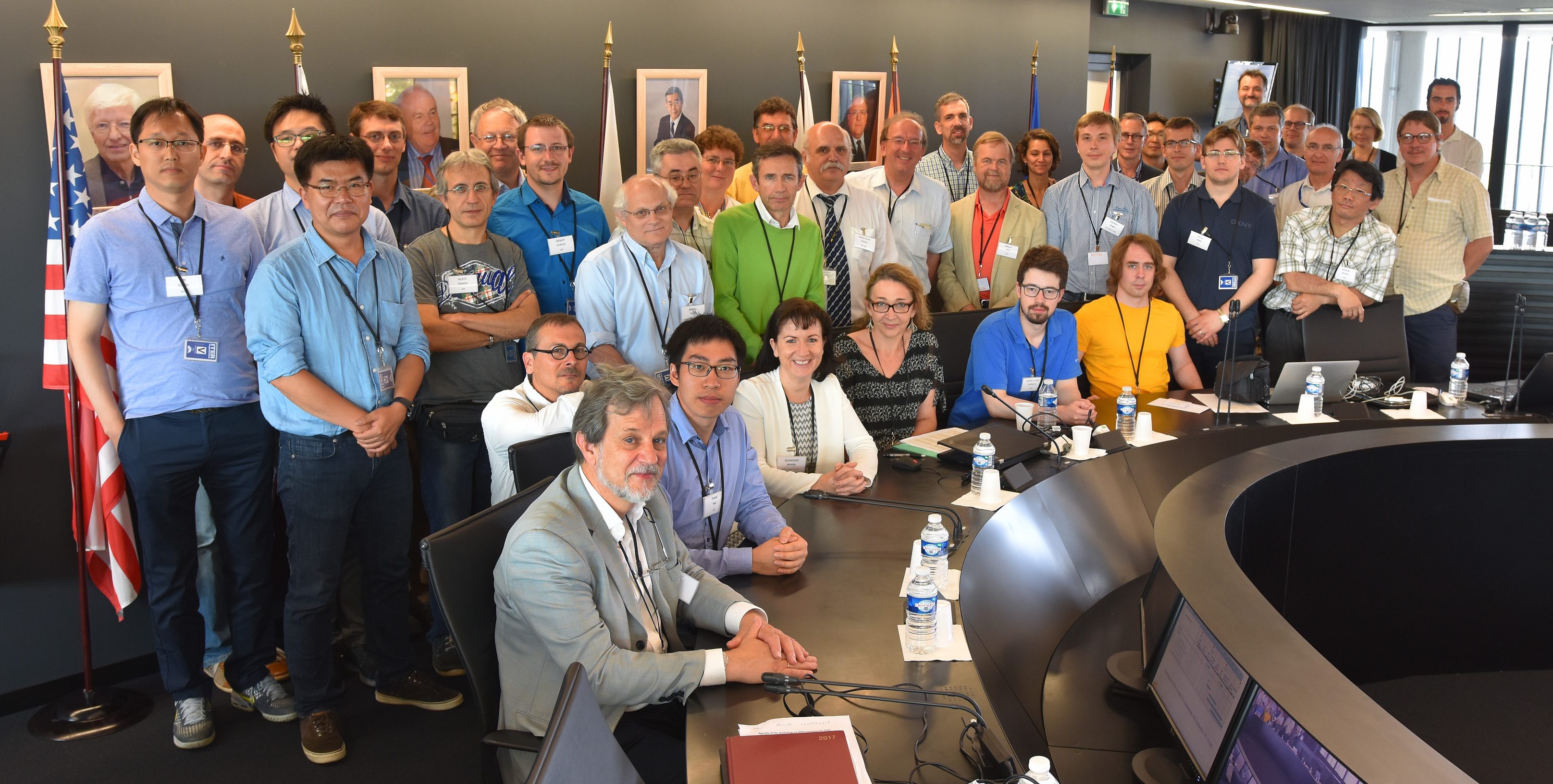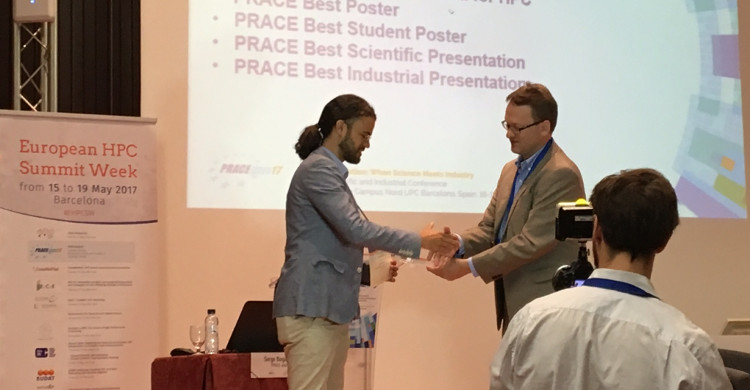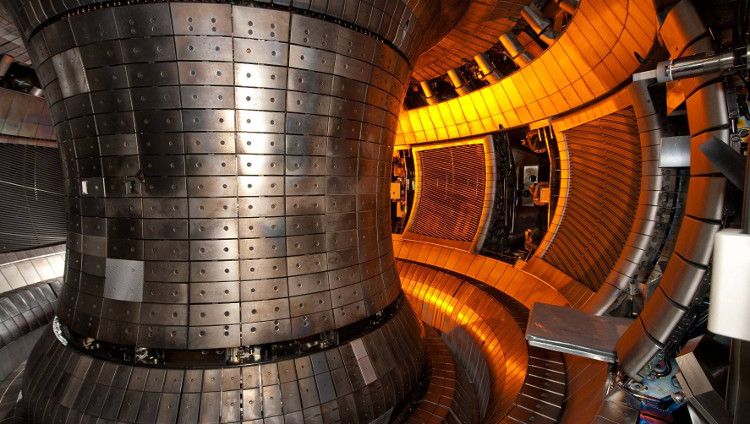
This week, from 6th to 8th of June, our group leader Mervi Mantsinen has participated in the Workshop on Ion Cyclotron Resonance Frequency Heating (ICRH) scenarios for ITER organized at ITER Headquarters, France.

This week, from 6th to 8th of June, our group leader Mervi Mantsinen has participated in the Workshop on Ion Cyclotron Resonance Frequency Heating (ICRH) scenarios for ITER organized at ITER Headquarters, France.

This week our group members Dani Gallart and Mervi Mantsinen presented their research results at the 22nd Topical Conference on Radiofrequency Power in Plasmas.
The conference was held in the sunny town of Aix-en-Provence in south of France and was organized by the IRFM (Institut de Recherche sur la Fusion par confinement Magnétique) of the CEA Physical Science Division.

This spring our fusion group has contributed with three lectures to the Fusion Technology Course of the Nuclear Engineering Master organized by Universitat Politècnica de Catalunya (UPC), Barcelona, Spain. This course is designed to offer the students an comprehensive overview on key topics in Fusion Technology, delivered by specialist lecturers from F4E, CIEMAT, CEA, IPP, UPC and BSC/Fusion group.

From May the 15th to the 18th, the Barcelona Supercomputing Center held the European HPC Summit Week 2017 and the PRACEdays17, an event focused on the usage of High Performance Computing in the industry and the academia.
We are particularly pleased to report that our Master student Felipe Nathan de Oliveira won the PRACE award for the best poster. His work entitled “Nonlinear electromagnetic stabilization of ITG micro-turbulence by ICRF-driven fast ions in ASDEX Upgrade” was short-listed for the presentation on May the 16th with other two candidates.

This week our group leader Mervi Mantsinen has worked at the Max-Planck Institute for Plasma Physics (IPP) at Garching, Germany where she has participated in the experimental campaign on the ASDEX Upgrade tokamak as part of the 2017 EUROfusion Medium Size Tokamak (MST1) campaigns.

On 20 April 2017, our Fusion group researcher Xavier Sáez visited the Max-Planck-Institut für Plasmaphysik, Garching, Germany, to participate in the bi-annual meeting of the EUROfusion High Level Support Team (HLST).
Xavier presented the work developed in the group to improve the performance of SFINCS and FELTOR codes. SFINCS is a novel drift-kinetic solver which can be used to predict neoclassical flows in 3D magnetic configurations while FELTOR solves 3D full-F gyrofluid model equations with discontinuous Galerkin method.